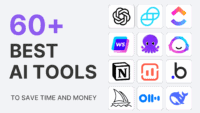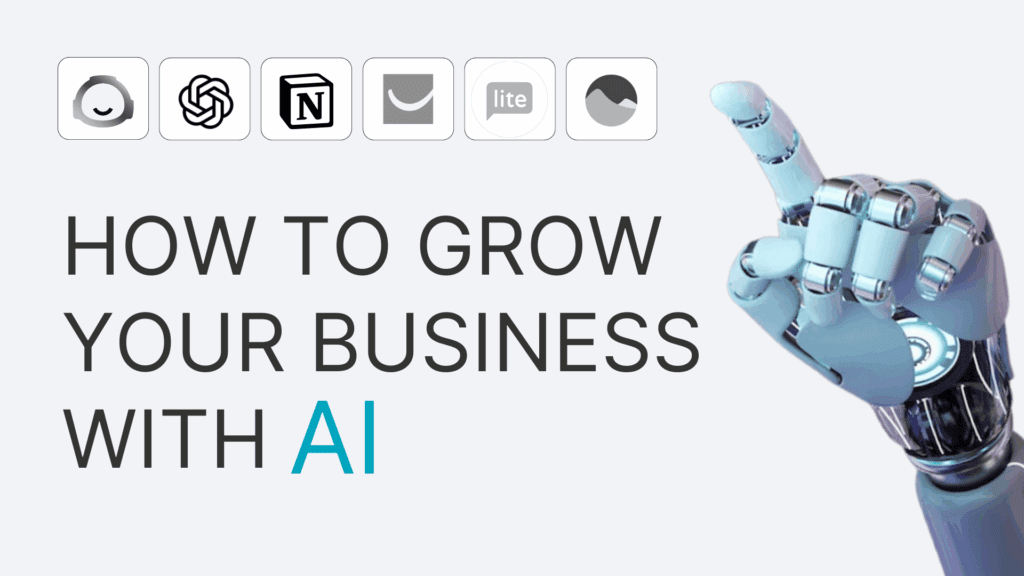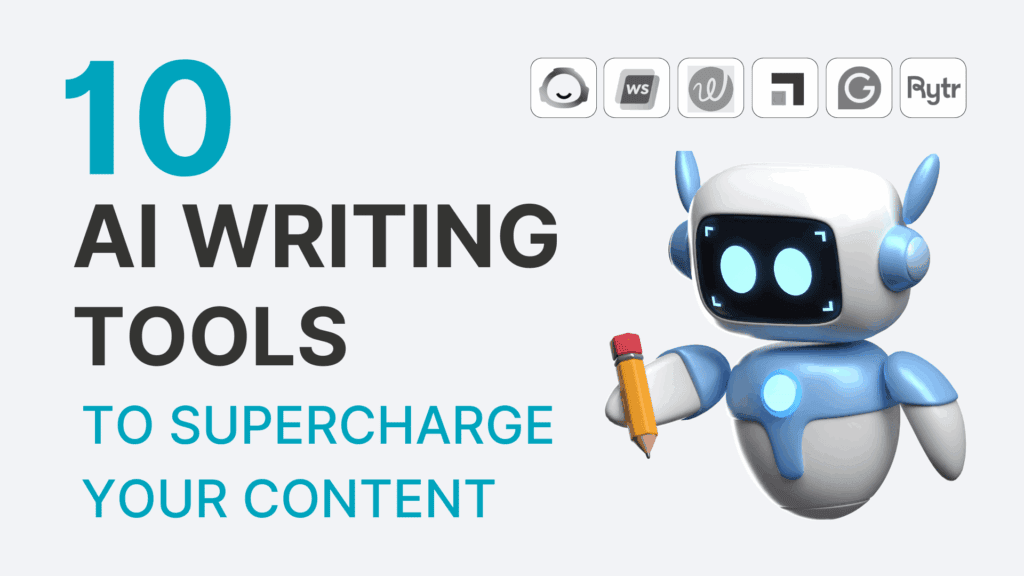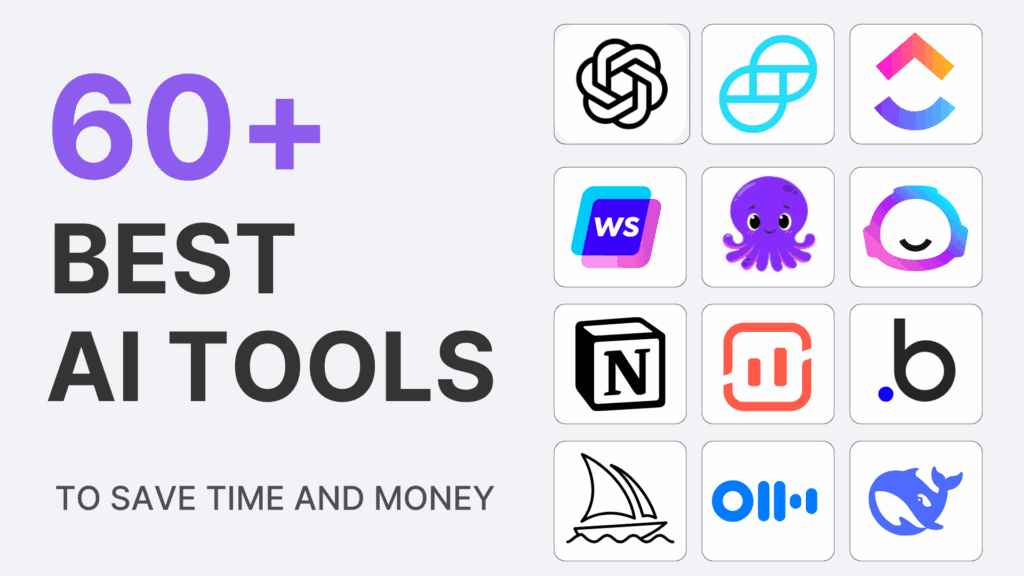First-party data refers to information and insights collected directly from individuals or customers by a business or organization. This data is obtained through various touchpoints, such as websites, mobile applications, customer interactions, and other owned channels. Unlike second or third-party data, which involve external sources, first-party data is proprietary and owned by the entity that collects it.
How does First-Party Data Work?
Analytics tools and data management platforms are then leveraged to organize and analyze this information, providing businesses with actionable insights into customer behavior and engagement.
This type of data includes a wide range of information, such as customer demographics, preferences, purchase history, and interactions with the brand. Since it is sourced directly from the audience, first-party data is considered highly valuable for businesses aiming to understand and engage with their customers on a more personalized level.
Additionally, first-party data plays a crucial role in building customer relationships, tailoring marketing strategies, and optimizing overall business performance.
Why is First-Party Data Important?
Several key reasons underscore the significance of first-party data in modern marketing:
- Personalization: First-party data enables highly targeted and personalized marketing efforts by understanding individual customer preferences.
- Improved Customer Retention: Insights derived from first-party data aid in identifying patterns related to customer loyalty, facilitating effective retention strategies.
- Effective Campaign Optimization: Marketers can optimize campaigns with precision by analyzing customer behavior and responses, resulting in improved performance and ROI.
How to Collect First-Party Data?
Collecting first-party data requires a strategic and privacy-conscious approach. Effective methods include:
- Website Analytics: Utilize tools like Google Analytics to track user behavior on your website, monitoring page views and click-through rates.
- Customer Surveys and Feedback: Encourage customers to provide feedback through surveys to gather valuable data and demonstrate commitment to customer satisfaction.
- Social Media Engagement: Analyze interactions on social media platforms to gain insights into customer sentiment and preferences.
First-Party Data vs. Second-Party Data vs. Third-Party Data
When working in digital marketing, it’s essential to grasp the distinctions between first-party data, second-party data, and third-party data. Each type of data plays a unique role in informing business strategies and decision-making. Let’s explore the characteristics that set them apart:
First-Party Data
First-party data is information collected directly from individuals or customers by a business or organization. It is owned and controlled by the entity that gathers the data. The data us collected through various touchpoints such as websites, mobile apps, and customer interactions.
First-party data is highly accurate and relevant, as it reflects actual interactions and preferences of the audience and is primarily used by the business for internal purposes, including personalizing marketing efforts and improving customer experiences.
Example: Customer demographics, purchase history, website interactions.
Second-Party Data
Second-party data is essentially another company’s first-party data, shared through a direct partnership. It is owned by the entity that collected the data but shared with a trusted partner, often through collaborations or agreements.
The data is trusted and specific, as it comes from a known and usually mutually beneficial source and it is used by the receiving party for insights and targeting, similar to how they might use their own first-party data.
Example: An e-commerce platform sharing customer data with a complementary service provider.
Third-Party Data
Third-party data is data acquired from external sources, not directly collected by the business using it. It is owned by external entities, such as data providers or vendors. It is obtained from various sources, including public records, surveys, or online activities, and then aggregated and sold.
Third-party data is broad but may lack the precision and authenticity of first-party data. It is commonly used for broad audience targeting, advertising, and market research by businesses lacking sufficient first-party data.
Example: Purchased demographic information, and interest segments from data providers.
Challenges of Using First-Party Data
While valuable, first-party data comes with challenges such as limited scale as businesses with a smaller customer base may face challenges in collecting substantial first-party data.
There may also be some data quality concerns. That’s why ensuring the accuracy and quality of first-party data can be challenging, relying on users providing truthful and up-to-date information.
How to Build a First-Party Data Strategy in 2024?
Looking forward, building a robust first-party data strategy involves:
- Investing in Data Security: Prioritize robust security measures to protect customer trust amidst growing concerns about data privacy.
- Implementing Data Consent Mechanisms: Obtain explicit user consent before collecting data, clearly communicating usage purposes and giving users control over their preferences.
- Integrating Data Across Channels: Break down organizational silos by integrating first-party data across channels for a comprehensive view of customer interactions.
- Embracing Advanced Analytics: Leverage advanced analytics tools, including machine learning and artificial intelligence, to derive actionable insights from first-party data.
Conclusion
First-party data serves as a cornerstone for personalized and effective marketing strategies. Navigating the evolving landscape of data-driven decision-making in 2024 requires businesses to recognize the importance of collecting, securing, and utilizing first-party data responsibly. By doing so, organizations can gain a competitive advantage, foster customer loyalty, and confidently navigate the dynamic realm of digital marketing.











